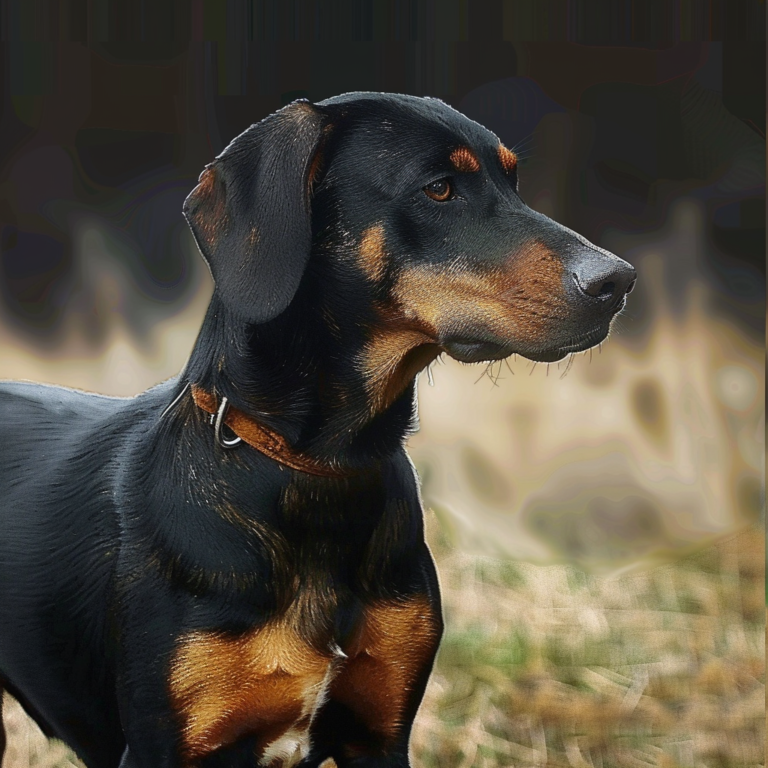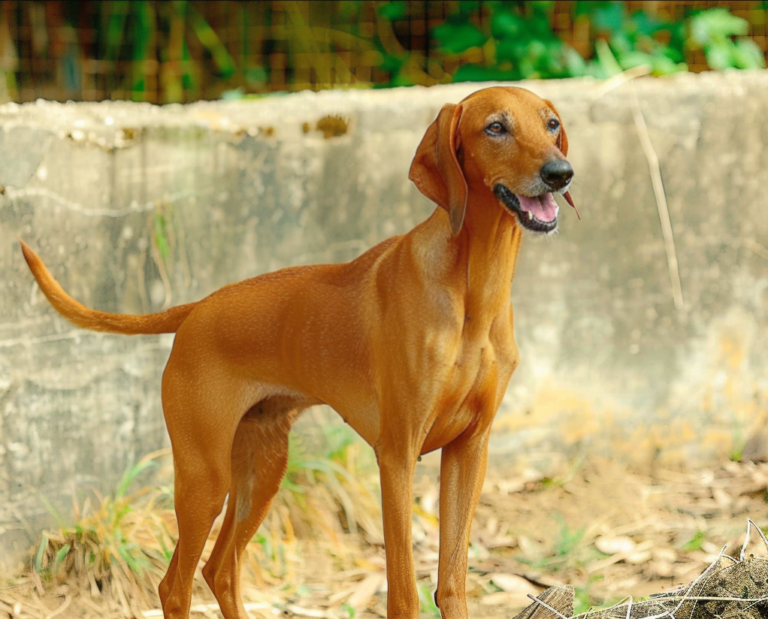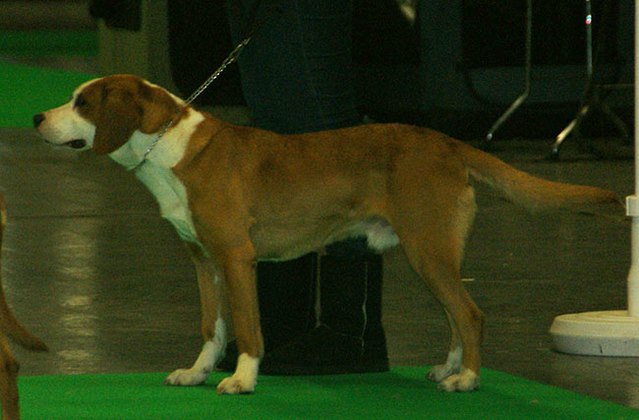The Harrier is not a big Beagle or a small Foxhound, but they are all in the same family of scenthounds. Like the majority of hounds, Harriers are characteristically independent and can be incredibly stubborn when they want to be. Most of them are still bred for hunting hare and fox (their original task), which means they aren’t as suited to being house pets as many other breeds of dog. This does not mean that it is impossible to keep a Harrier as a pet, it just means that prospective owners need to know what they are getting into before buying. While it isn’t necessary to live on a ranch, apartment-dwellers should look elsewhere.
Harriers are driven by their noses most of the time (if not all of the time). They will follow an interesting scent anywhere, which means they must be kept in a fenced yard. Although they can be obedience trained, they cannot be expected to stay within the confines of an unfenced property unsupervised – their hunting instinct is far too strong. In fact, many owners find that they must secure both the top and bottom of the fence to keep the dog in! No electric fences for these dogs – Harriers will do just about anything to get to an appealing smell.
Do not let this dissuade you from training the Harrier. Just because they have some “quirks” does not mean that they cannot be trained. The breed is actually fairly intelligent and good at problem-solving. Many are also very food-motivated (although also prone to getting fat, so plan on weaning them down on treats after a while). The trick is to choose a room inside that doesn’t have many distractions, for whenever the Harrier is learning something new. Training outside can be too overwhelming to start out with, especially if there is wildlife nearby. A trainer can gradually work up to training outside but should keep it easy at first. 
It is important to give the Harrier enough exercise. Although they are laid-back in the house, they are still a fairly high-energy breed. Some people choose to keep them outside, which can be done if the dog has the company of a pack. If not being regularly hunted, however, outside-dogs also need exercise. Bred for endurance, a Harrier might tire out their owner before they get tired themselves! Biking is a great activity for them, although jogging and hiking work equally well. Whenever going out into public, however, owners should plan on being asked about their dog frequently. The Harrier is very rarely seen, and most people are curious about what they are!
The Harrier loves people and is very friendly with kids. Many will follow their owners throughout the house just because they don’t want to be alone. As a pack hound, it goes without saying that they also love other dogs and prefer to live with a companion (or several). Harriers that live completely alone, and who are also left home alone by themselves, are prone to destruction. They need someone else there in order to be happy (Please note – a cat is not the best companion as many Harriers have too high of a prey drive to live with small animals). Just because they thrive on companionship does not mean that they are especially needy or demanding, however. They like to be near others, but won’t constantly annoy and beg for attention.
These hounds enjoy making noise and will talk, sing and howl to communicate. While some owners enjoy these melodic sounds, it can be annoying to others. This is not the breed for someone looking for a quiet dog. One other habit which can be bothersome – the Harrier enjoys digging and can excavate a yard in no time. As with the noise, these tendencies are important to know if considering owning this breed.



